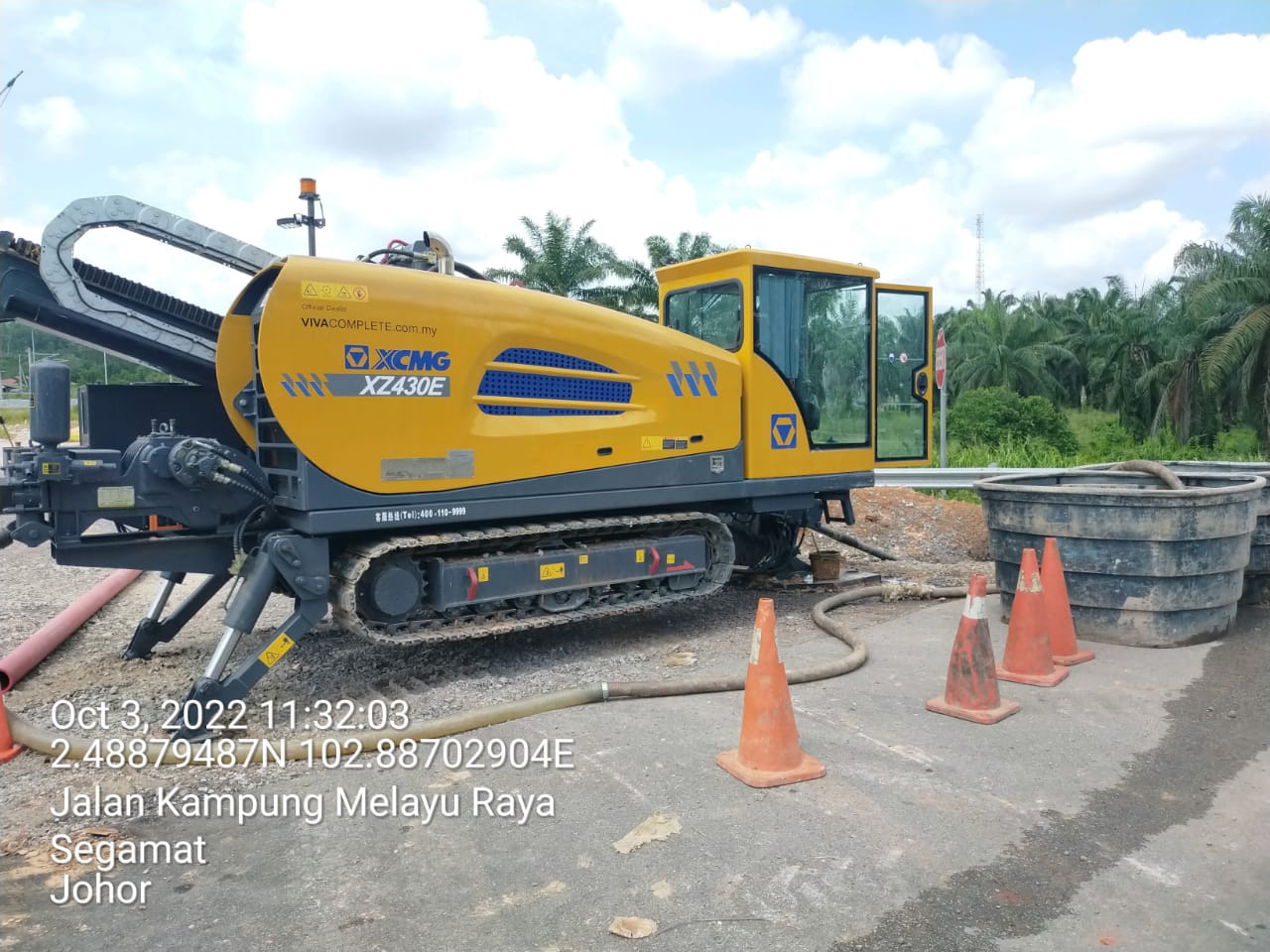Within the current quickly changing power landscape, horizontal drilling has emerged as a crucial technique that is transforming how we access natural resources and install vital infrastructure. For newcomers, grasping what directional drilling entails can be a revolutionary insight. This innovative approach enables drilling teams to access targets not directly below the drilling location, which optimizes efficiency and reducing environmental impact. Regardless of whether you're in the oil, gas, utilities, or renewable energy sectors, this technique offers a versatile solution that caters to a wide range of uses.
The methods behind directional drilling has significantly advanced over the decades, evolving into a highly developed process which uses advanced tools and techniques. The ability to drill at different angles—be it vertical, horizontal, or even multi-directional—creates opportunities previously thought impossible. As https://diigo.com/0zhg8q delve into the intricacies of how directional drilling works, its benefits over traditional methods, and the challenges encountered in difficult environments, you will discover the importance of this method for urban infrastructure and the future of energy projects. By mastering the principles and practices of directional drilling, engineers can not only enhance project outcomes but also contribute to a more sustainable and efficient energy future.
Comprehending Directional Drilling
Directional drilling is a technique used to create wells at a variety of inclinations, rather than solely in a vertical manner. This methodology allows teams to access oil and gas resources that are located below ground at considerable intervals from the straight up entry point. By guiding the bore tool along a predetermined route, teams can target several objectives from a single drilling site, maximizing resource extraction and lessening surface disruption.
The development of directional drilling methods has revolutionized the energy industry. Initially designed for fossil fuels, this approach has broadened to various uses including utility installation and pipeline projects. Modern developments in equipment and methods, such as rotary steerable systems and sophisticated downhole tracking, have increased the efficiency and reliability of directional drilling, making it a popular option for numerous types of implementations.
In furthermore its varied uses, directional drilling offers substantial advantages over typical vertical drilling methods. Besides does it reduce the impact on the environment by lessening ground disruption, but it additionally facilitates for quicker finalization of projects. The capacity to bore in difficult terrains and sensitive locations further demonstrates why directional drilling is crucial in the current energy landscape, making it a key component for metropolitan projects and renewable energy initiatives alike.
Advantages of Directional Drilling
Directional boring offers multiple significant advantages over conventional vertical borehole methods. One of the key advantages is its ability to access challenging areas that would otherwise be hard or not feasible to drill conventionally. By permitting the drill to be angled horizontally, operators can target several locations from a one drilling location, resulting in enhancing the efficiency of resource extraction. This not only conserves time but also reduces the number of drilling sites needed, making it a more economical method.

Additionally, another important benefit of directional drilling is the decrease of surface disruption. In city environments or environmentally sensitive areas, minimizing the effect on the surface is vital. Directional boring allows for installations beneath existing structures, roads, and waterways without affecting the surface above. This feature makes it suitable for projects that demand accuracy and minimal ecological disturbance, improving its attractiveness in urban infrastructure and utility installations.
Financial savings are also a notable benefit of directional drilling techniques. By reducing the need for various drilling sites and minimizing surface disturbance, projects can be completed faster and at a lower overall cost. Additionally, Horizontal Directional Drilling Dublin Ireland helps in accurately placing resources, which reduces waste and enhances the return on investment. These financial advantages, coupled with the ecological advantages, position directional boring as a favored choice in diverse industries.
Prospects of Directional Drilling
The future of directional borehole technology appears optimistic, driven by progress in tech and a increasing demand for effective and green energy solutions. As the industry keeps to evolve, breakthroughs such as Artificial Intelligence and automated systems are enhancing the exactness of drilling operations. These technologies enable for more accurate bore path planning and real-time corrections, reducing the chance of financially burdensome mistakes and improving overall project productivity.
Moreover, the incorporation of digital technologies, including software and advanced sensors, is set to revolutionize the way directional drilling is performed. By offering engineers and operators with critical data information, these tools aid in tracking drilling effectiveness and environmental consequences. This transition towards a more data-centric approach not only improves operational efficiency but also promotes the industry's responsibility to reducing ecological impact.
As the emphasis on eco-friendly infrastructure mounts, directional drilling will play a key role in addressing the issues of city growth and sustainable practices. With its ability to reduce surface disturbance and skillfully install utilities below ground, this technique is not only critical for energy projects but also necessary for supporting the development of sustainable urban environments. As industry professionals continue to adopt these innovations, the outlook of directional borehole technology will definitely be marked by enhanced efficiency, green practices, and advancement.
